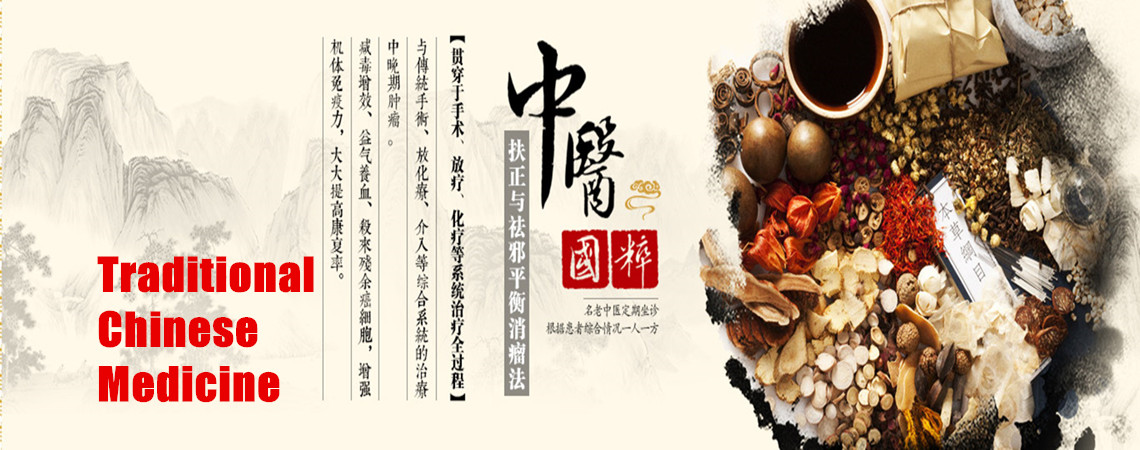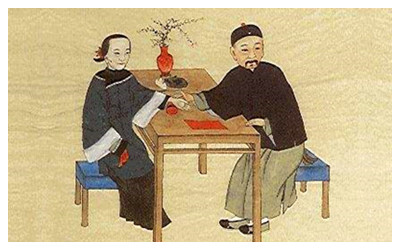
Treatment Method of TCM
 TCM has four methods. It is a wonder that TCM doctors could cure countless patients without any assistant apparatus but only a physical examination. The four methods of diagnosis consist of observation, auscultation and olfaction, interrogation, pulse taking and palpation.
TCM has four methods. It is a wonder that TCM doctors could cure countless patients without any assistant apparatus but only a physical examination. The four methods of diagnosis consist of observation, auscultation and olfaction, interrogation, pulse taking and palpation.
Four Methods of Diagnosis
1. Observation indicates that doctors directly watch the outward appearance to know a patient's condition. As the exterior and interior corresponds immediately, when the inner organs run wrongly, it will be reflected through skin pallor, tongue, the facial sensory organs and some excrement.
2. Auscultation and olfaction is a way for doctors to collect messages through hearing the sound and smelling the odor. This is another reference for diagnosis.
3. Interrogation suggests that doctors question the patient and his relatives, so as to know the symptoms, evolution of the disease and previous treatments.
4. The taking of the pulse and palpation refer that doctors noting the pulse condition of patients on the radial artery, and then to know the inner change of symptom. Doctors believe that when the organic function is normal, the pulse, frequency, and intension of pulse will be relatively stable, and when not, variant.
When treating a disease, doctors of TCM usually find the patient's condition through these four diagnostic methods: observation, auscultation and olfaction, interrogation, pulse, and palpation. Combining the collected facts and according to their internal relations, doctors will utilize the dialectics to analyze the source and virtue of the disease. Then make sure what prescription should be given. In traditional Chinese medical science, the drugs are also different from the West, because doctors have discovered the medicinal effects of thousand of herbs over a long period of time. Before taking the medicine, the patient will have to boil it. Then there is the distinctive method of preparation, associated with the acupuncture and massage, the treatment will take effect magically.
Such a complicated medical science had come down thanks to records like The Yellow Emperor's Canon of Interior Medicine, Shen Nong's Canon of Herbs, and the Compendium of Materia Medica, which are all comprehensive and profound works. There are also wide-spread stories praising the experienced and notable doctors in ancient China like Hua Tuo in the Three Kingdoms Periods (220 - 280). Today, though western medicine has been adopted, traditional treatments are still playing an important role and have raised great attention and interest worldwide due to the amazing curative effects reported.







 Ask Questions ?
Ask Questions ?